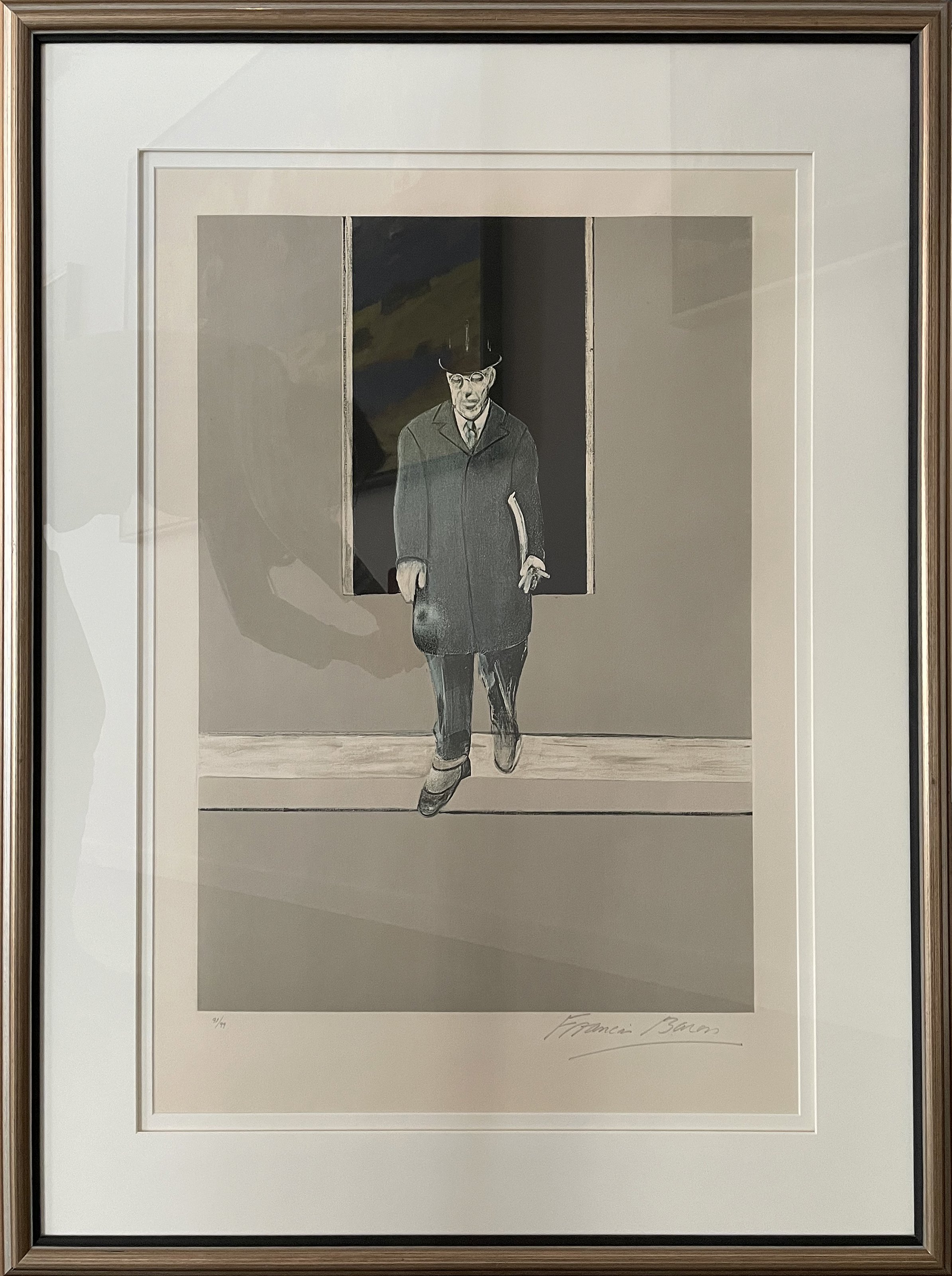Francis Bacon, born 1909 in Dublin would create a legacy for himself through his artistic practice which included painting and drawing. Bacon was a self-taught artist, but heavily admired the great painters which preceded him, in particular he was fond of the depiction of the human figures in their work and the great care that the artists put into their depictions. At the age of 17, Francis was kicked out of his home in England due to his fathers’ disapproval of his sexual orientation. With no home left, Bacon left to Berlin Germany in search of self exploration.
In Berlin, he would explore the city free of his previous restrictions, making new friends, lovers, and discovering the night-life by frequently visiting queer nightclubs in the city. In 1929, Francis attended an exhibition for Pablo Picasso and he became very inspired and began painting and drawing more seriously. However it wasn’t until he later returned to England in the early 30’s that he would have any attention drawn to his own paintings, before this time Francis provided for himself financially by working as an interior decorator throughout Berlin, Paris, and London. Upon public presentation of his works in the early to mid 1930’s they would both shock and intrigue the European public, early paintings of Bacon would go onto remain masterpieces throughout his life, such as the “Screaming Pope” where we see the image of the Pope heavily marked altered through paint, or the "Triptych - August” series where Bacon paints a series of images about one of his lovers who had passed away, depicting the emotional response he himself felt through these events - becoming staples for Francis’s work. Francis found international success by the early 1960’s and frequently traveled between New York and Paris for showings or publications of his work. All of Bacon’s work explores the human condition and what it means to “be human”. Themes of grief, love, loss, and death perpetrate through his paintings and often depict lone figures often representational of Francis himself or his lovers. Today, Francis Bacon’s works stand the test of time and remain relevant in our contemporary society talking about topics which are often hard to explain, yet make sense when viewed in an image.





